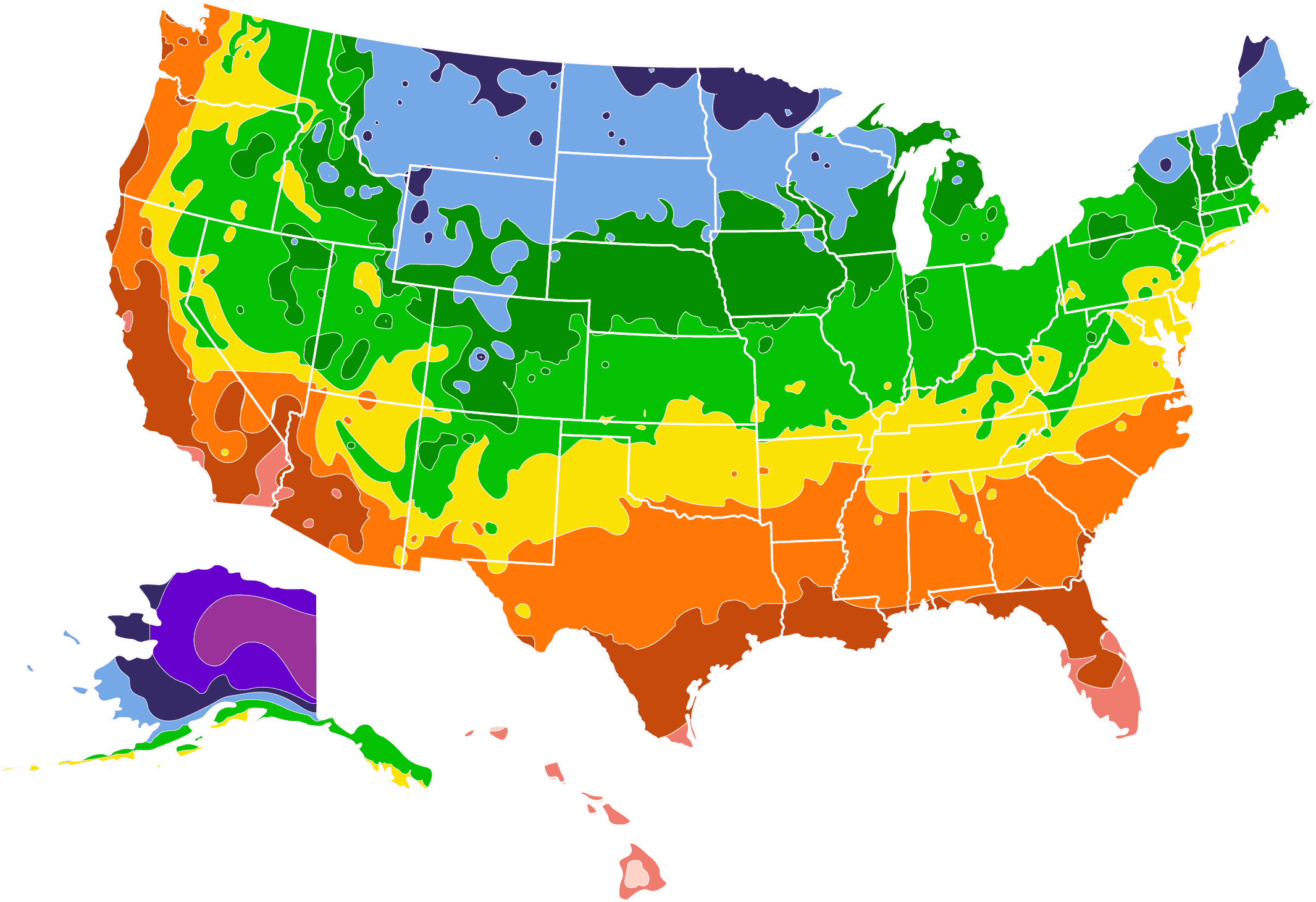- Home >
- Shrubs and Bushes >
- Peonies
Peonies for Sale - Buying & Growing Guide
Enter your zip code to find nearby stores that may carry this plant.
Peonies are classic landscape plants, featuring extravagantly beautiful blooms that are like fireworks in your garden. Find out why they are so popular by shopping peonies and planting one or more of these lush shrubs in your own backyard.
How to Plant Peonies
Peonies are long-lived and carefree plants. A peony that is happy in its location can bloom for more than 100 years. Most prefer a sunny spot where they will get at least 4-6 hours of sun a day. Give your peony a place that allows for good air circulation, as these plants are prone to fungal diseases like botrytis, which are exacerbated by placing them too close together.
Many peonies also appreciate support when they are blooming. The voluptuous blossoms have a tendency to weigh down the stems and there are wire cages and supports available designed specifically to hold up peony blooms.
How to Grow Peonies
- When. The best time to plant or move peonies is in the early fall after growth has stopped for the season.
- Where. Choose a site that gets at least partial sun, though full sun is better if you are not in the South. Peonies like well-drained soil and a neutral to slightly alkaline pH.
- How. Dig a hole that’s twice as wide and as deep as your peony’s root ball. Add some well-rotted compost and some all-purpose, slow-release fertilizer. Position the peony root so that the growth nodes, which are near the base of the stem, are no more than 2 inches below the soil level. Fill the hole in around the peony with soil that is enriched with compost or manure. Tamp down the soil, water thoroughly, and mulch with several inches of an organic mulch such as bark chips.
How to Care for Peonies
- Watering and nutrients. Water your peonies thoroughly after you plant them. For the first week or so after planting, give them a drink every day. Then reduce watering to once a week, and continue for the rest of your peony’s first year. After that, you should only need to water your peony when you are experiencing drought conditions. Fertilize your peony in the spring with an all-purpose fertilizer, and mulch it regularly with well-rotted compost or manure.
- Pruning. Deadhead your peony blossoms as they fade, cutting close to the base of the stem. In the late fall, cut the foliage back to the ground to avoid the possibility of fungal diseases settling in over the winter.
- Pollination. Peonies are pollinated by insect pollinators, but you can hand-pollinate specific plants using a small paint brush or cotton swab. Touch the swab to the pollen on one peony flower a














